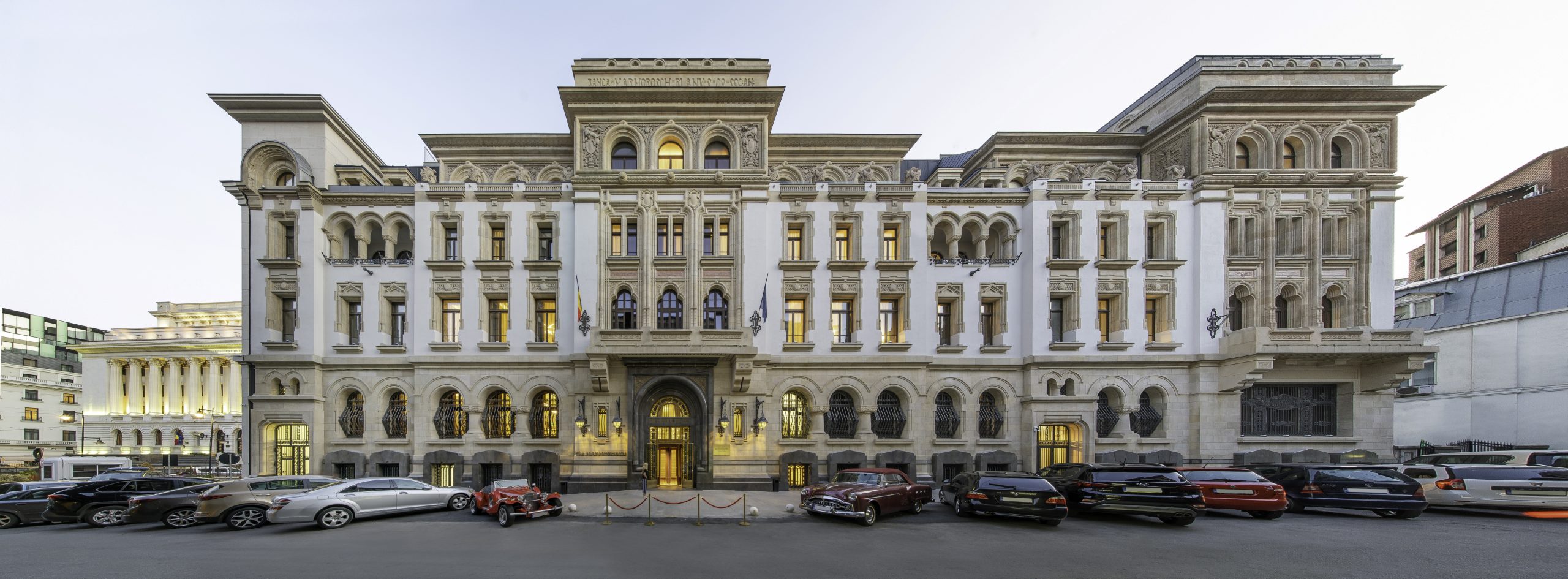

Adrian Soare, Cristina Popescu, Andrei Cumpănășoiu, Anca Ionescu, Anca Bendescu, Andrei Țîntari, George Nițoiu, Ioana Aron, Cosmin Anghelache
Project manager: Ivona Amariței
Speciality project lead: Cătălina Preda
INTERIOR DESIGN: YES Architecture & Design (Lithuania)
RESTORATION DANART RESTAURARI: Ioan Darida
MONUMENTS CONSULTANT: COOPERTIVA DE ARHITECTURĂ (Mihai Butucaru)
STRUCTURE: POPP & ASOCIAȚII (Mădălin Coman, Nelu Badea, Vlad Dinu)
CROSS PROJECT (Mihnea Horia) SOLIDIS (Dragoș Zamfiroiu) ATI DESIGN (Tiberius Agapi)
ENERGETIC AUDIT: Veronica Tudor
INSTALLATIONS MC GENERAL CONSTRUCT SRL (Marian Cernovschi, Petrica Iancu) RADICAL INSTAL (Daniel Dogaru) MHT
(Alexandru Soca)
PROJECT MANAGEMENT: OPTIM PM (Adrian Rusu, Florin
Nastase, Irina Vlad)
CONSTRUCTORS: DUCT (Restoration façade and interiors), SOMET CONSTRUCT (Structure), APOLODOR (Demolitions),
CREATIVE MAKER (Interior finishes), MHT (Electrical installations), RADICAL INSTAL (Sanitary and HVAC Installations), PYRALIS (Sprinklers), DEKA PROF
(Facades and Joinery), MC GRANT (Facades and masonry) ROM GHEVES (Stone facade), ACOPERO (Roofing), RESURSE ECO MOLDOVA (Wood joinery),
OVO DESIGN (Furniture), KONE (Elevators), MP (Glass Elevator), ALPHA SPA (Pool
PHOTOGRAPHERS: Radu Matei and Mihai Georgiadi